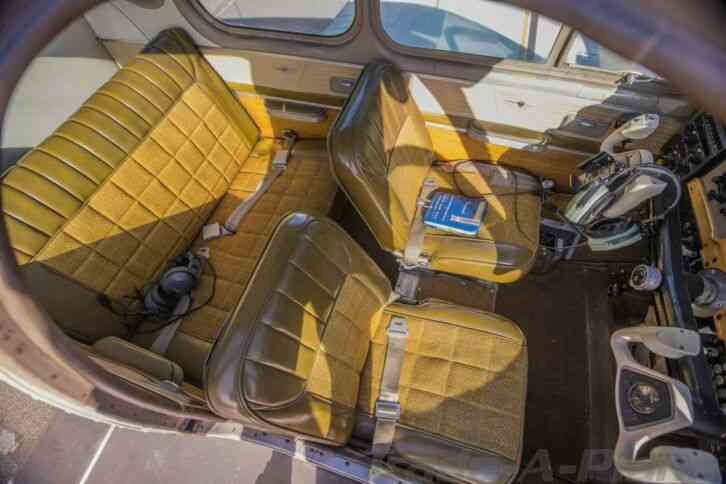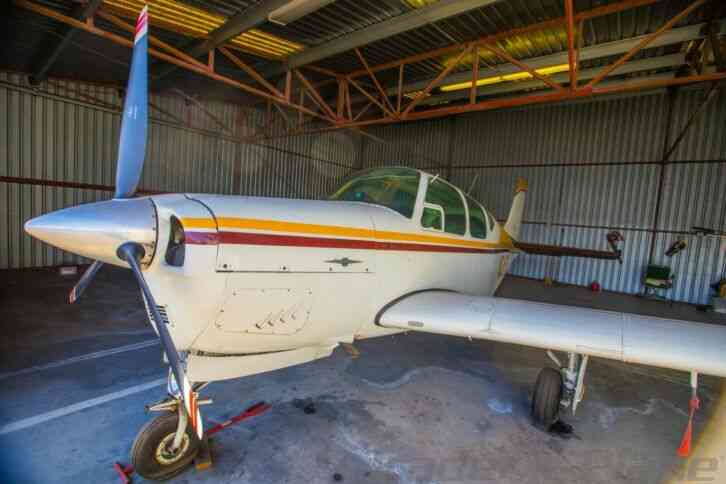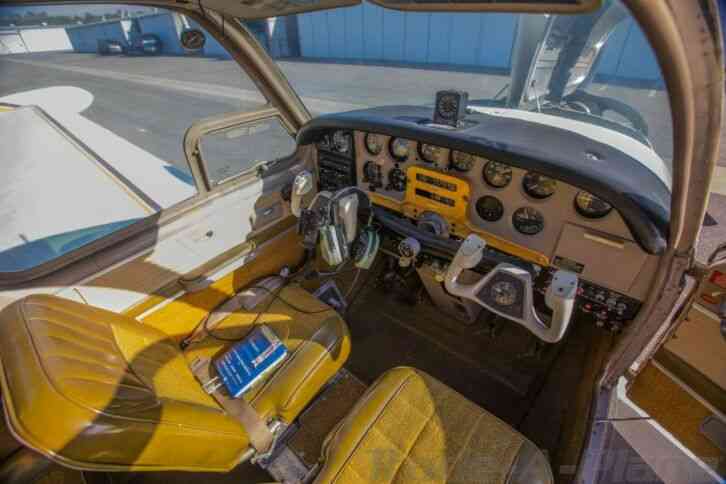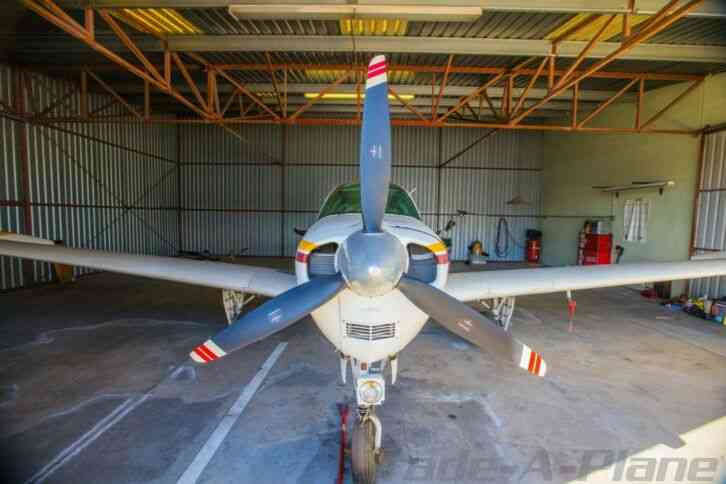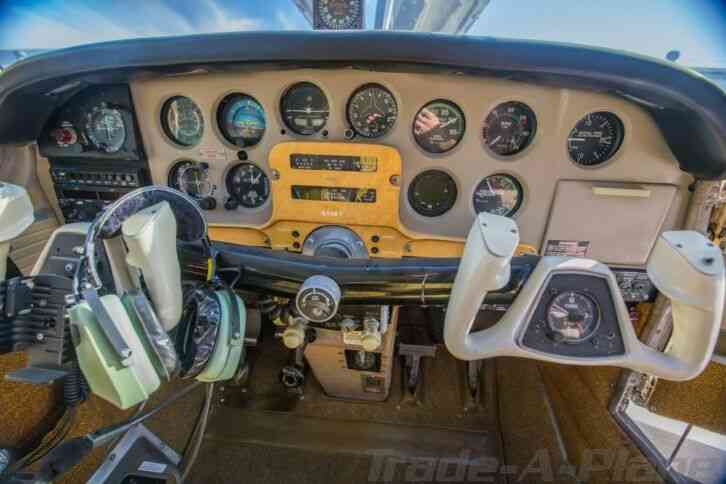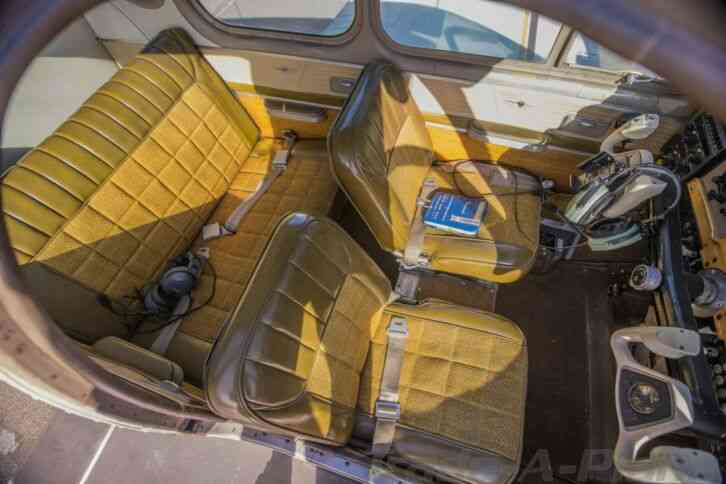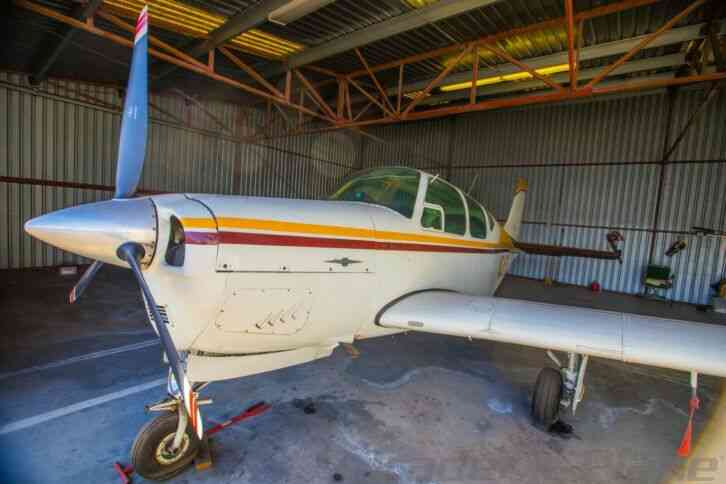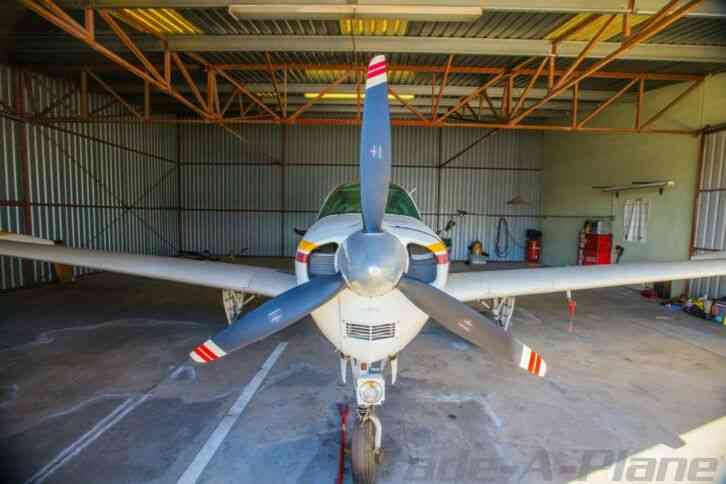Finance with just 5% Down or payments of $569 mo. Very nice Beech Debonair 835 SMOH and 4025 TT (70.
Finance with just 5% Down or payments of $569/mo. Very nice Beech Debonair 835 SMOH and 4025 TT (70 Prop). Fresh Annual Hangered Airplane. We offer the most liberal financing in the marketplace, even if your not buying from us. Call Today call/txt We will take most anything in trade; Cars, Boats, Real Estate, Jewelry, especially other Aircraft. We are cash buyers for used airplanes in most any condition; high time, run-out, not flown for a while, out of annual. Get a cash quote instantly. Log books available on request OR speak with the mechanic who did the last annual.Aircraft Location is Fullerton CA (KFUL)Call or Text 702-801-0988
General Information (Courtesy of Wikipedia): At the end of World War II, two all-metal light aircraft emerged, the Model 35 Bonanza and the Cessna 195, that represented very different approaches to the premium end of the postwar civil-aviation market.[citation needed] With its high-wing, seven-cylinder radial engine, fixed tailwheel undercarriage, and roll-down side windows, the Cessna 195 was little more than a continuation of prewar technology[citation needed] the 35 Bonanza, however, was more like the fighters developed during the war,[citation needed] featuring an easier-to-manage, horizontally opposed, six-cylinder engine, a rakishly streamlined shape, retractable tricycle undercarriage (although the nosewheel initially was not steerable, but castering)[7][verification needed] and low-wing configuration. Designed by a team led by Ralph Harmon the model 35 Bonanza was a relatively fast, low-wing monoplane at a time when most light aircraft were still made of wood and fabric.[citation needed] The Model 35 featured retractable landing gear, and its signature V-tail (equipped with combination elevator-rudders called "ruddervators"). The prototype 35 Bonanza made its first flight on December 22, 1945, with the type receiving an airworthiness certificate on March 25, 1947.[8] Production began that year. The first 30–40 Bonanzas produced had fabric-covered flaps and ailerons, after which those surfaces were covered with magnesium alloy sheet. Three major variants eventually comprised the Bonanza family: Model 35 Bonanza (1947–1982; V-tail) Model 33 Debonair or Bonanza (1960–1995; conventional tail) Model 36 Bonanza (1968–present; a stretched Model 33) The Model 33 Debonair was introduced in 1960 as a lower-priced model with more austere standard instrumentation, exterior equipment, paint schemes, and interior fabrics and trim than the more prestigious V-tail Bonanza. However, most Bonanza features were available as factory options on the Debonair, and by the mid 1960s, most Debonair buyers were ordering most or all of these options. Realizing this, Beechcraft dropped the Debonair name and most of the basic and seldom-ordered standard features with the introduction of the E33 in 1968. Despite its name, the Twin Bonanza is a substantially wider and heavier aircraft that is mostly dissimilar to the single-engined Bonanza; the only major shared parts are the front fuselage sides, windows, and main cabin door.[14] However, the Twin Bonanza had trouble competing with the similarly capable but substantially lighter Cessna 310 and Piper PA-23, so Beechcraft used the basic Bonanza fuselage and many other Bonanza parts to create the twin-engined Travel Air, which was later developed into the Baron.
Current date: 2021-10-23

